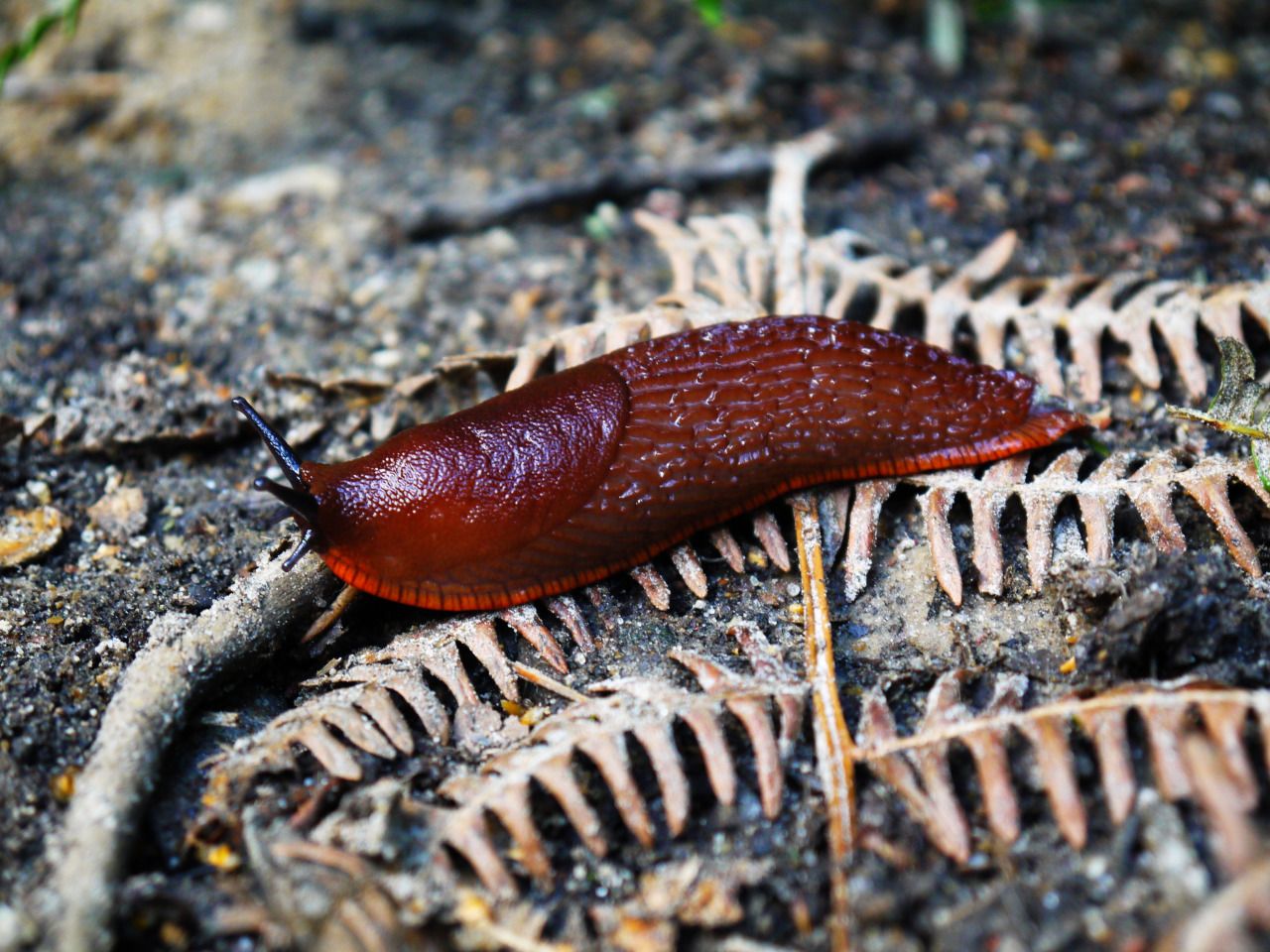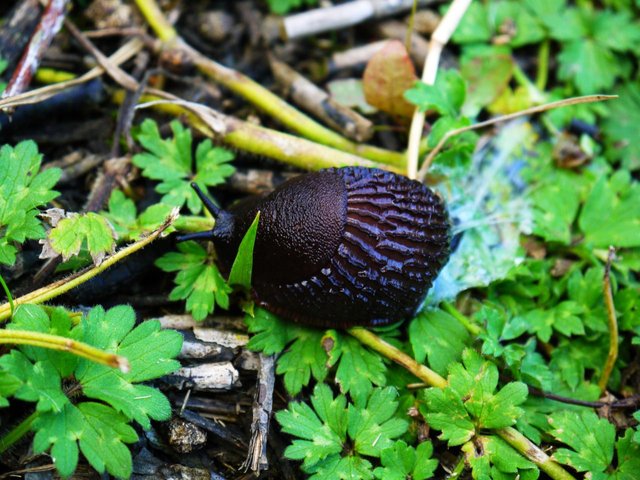Alien Species Found in Epping Forest - Invasive Pest Problem
Invasive Species
Alien Species introduction is a big problem. All over the world humans have inadvertently and sometimes purposefully introduced new species to an ecosystem with devastating consequences. Ecosystems form over thousands of years and generally speaking find a balance. When a new species is introduced without a long period of adaptation, it sometimes has a natural advantage over native species; carrying deadly diseases or simply not having a predator capable of controlling it's population.

Aliens on a Mission
From the rabbits and Cane Toads introduced to Australia, the American Slippper limpets which devastated French Oyster Beds and the American Crayfish which threatened the native UK version with extinction. Here are a few examples of creatures which ran amok in their host environment and have proved almost impossible to vanquish. Some new species integrate into an existing ecosystem. Others do not. They can be transported among food stuffs, other cargo and ships ballast being a particular problem. Juvenile marine creatures sucked up and transported to the other side of the ocean. This happens all the time and could be prevented by filtering but it doesn't always happen. We are too dumb to legislate as we only have a scant understanding of the complex trophic webs of the marine eco-system which is more dynamic than land based one like; sunlight grass cow human

Spanish Slugs
I photographed these large colourful slugs in Epping Forest. They were everywhere and I had never seen slugs out in full sunlight taking a walk along dry paths. They are thought to have arrived with shipments of salad vegetables over 50 years ago from mainland spain. They somehow managed to flourish and establish a breeding colony. My guess is that they arrived in shipments many times over and once in the wild eco-system began to outperform the native slugs. Their eggs are adapted for a harsher, drier environment so more of their young hatch and survive. They produce a thick, bitter mucous which means native predators prefer not to eat them. They are cannibalistic and will eat other slugs. This could provide long term problems for the other inhabitants of the forest. If they totally replace the local slug population, the knock on effects could be disastrous.
REPORT A SIGHTING
I reported my sighting via the NON-NATIVE-SPECIES-SECRETARIAT who organise a number of watches to monitor the spread of many invasive species. If you see a non-native species you can help scientists understand how to respond by reporting it. Find out in your area who is responsible for tracking and monitoring ALIENS
Great. Thanks for sharing. I'm starting to follow you.
We have a huge problem with asian carp near lake michigan. Invasive species are a huge problem
yeah it's a minefield / time bomb ticking ! @bankholiday. aquatic systems seem to be worse hit, probably because they are so interconnected without boundaries. I know in France an introduced catfish has pretty much eaten all of the other fish and can grow to 150lbs ! there are alien species everywhere. Australia learned the hard way and are quite strict about cargo but it seems impossible to prevent stowaways. Apparently the Galapagos are in danger of losing their amazing heritage due to tourists bringing in unwanted animals because of the massive amounts of food imports required to host them !
yeah that's really brutal
Nice post please visit my page
Are those invaders edible, ot they will eat us @outerground? ;) Upvoted, resteemed & DPS.
they are not very edible due to their thick, viscous and bitter mucous.. even the local toads won't go for them, which is kind of the problem. They are the hardest / toughest (land) molluscs I've ever met ! thanks @photo-trail